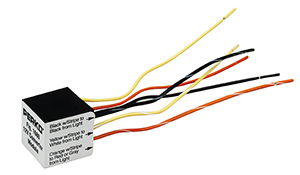mrsrobinson
Well-Known Member
Smart, I like this, thanks.On the hook, we also leave other lights on at night to increase our visibility. Underwater stern lights (white LEDs), the light in the head and 2 small bicycle LEDs (white) that I clamp to my bow railing just forward of my windshield. Not concerned if these extras are USCG approved or not. But I can certainly be seen.




